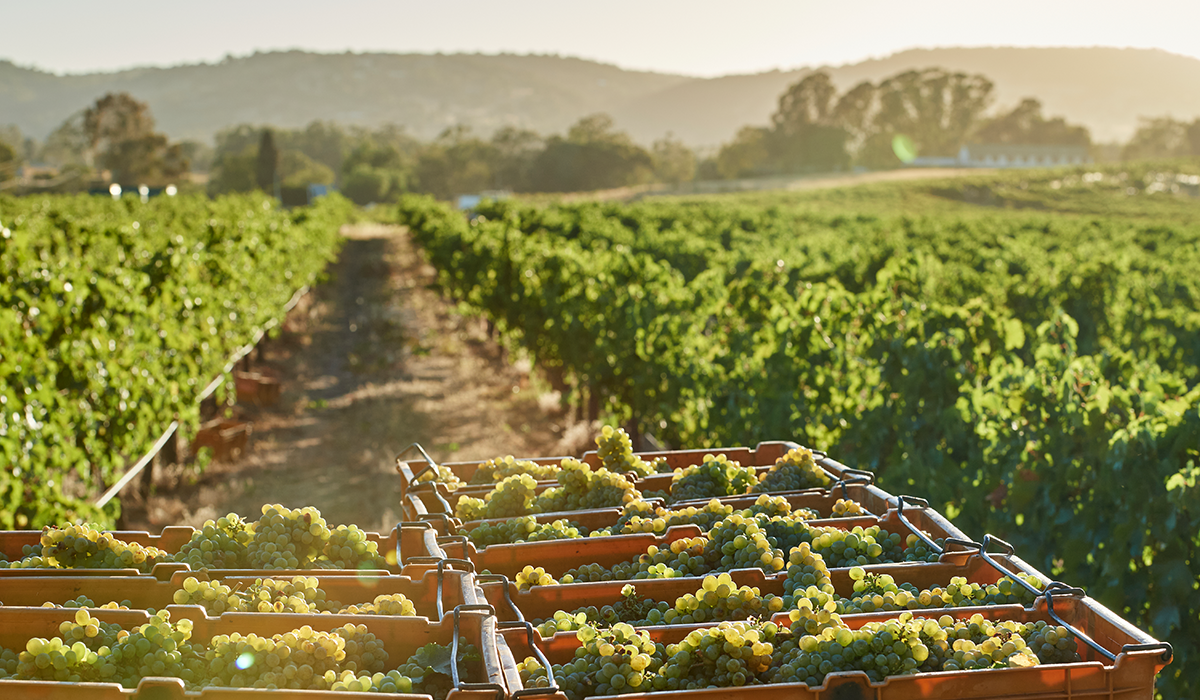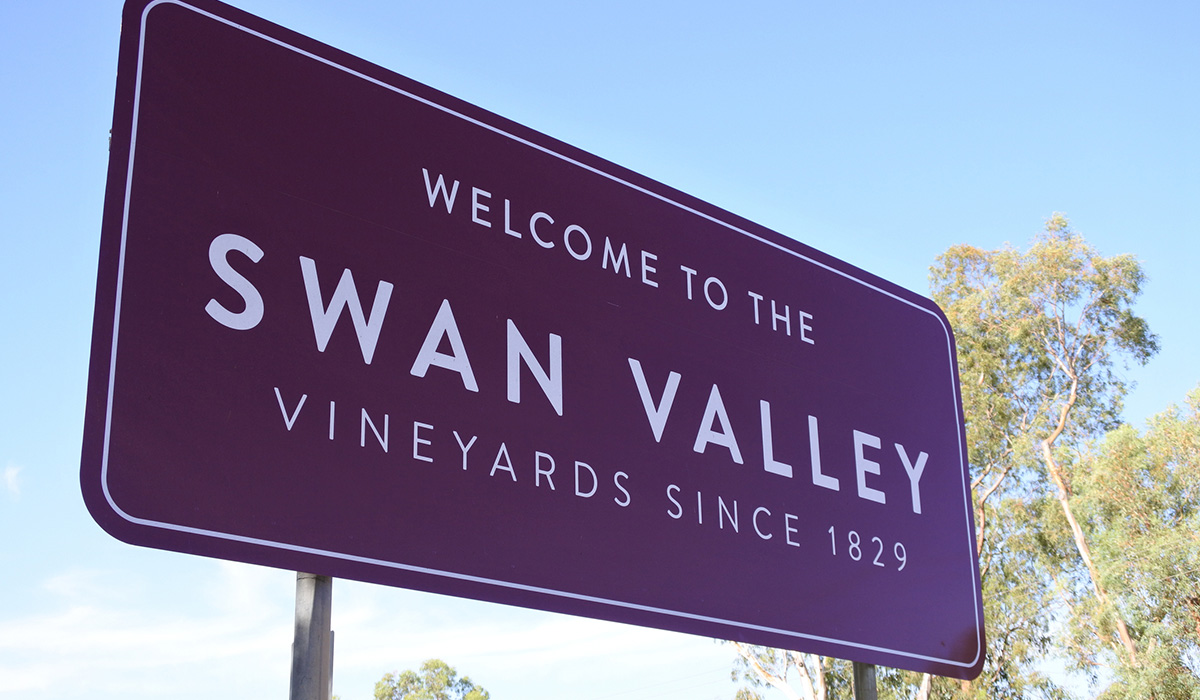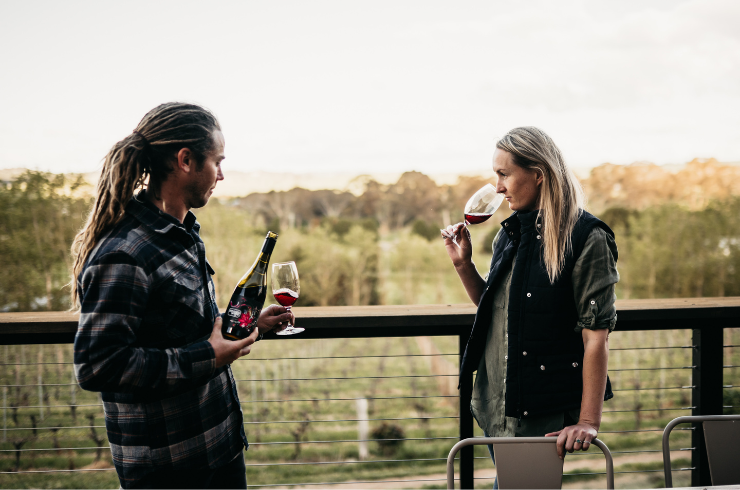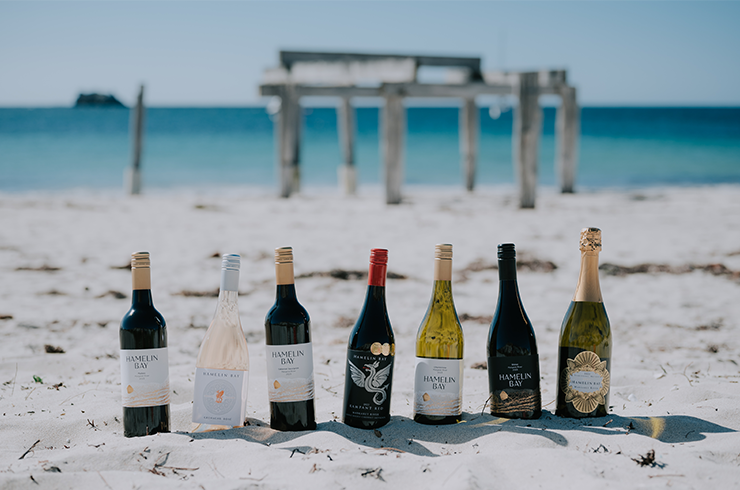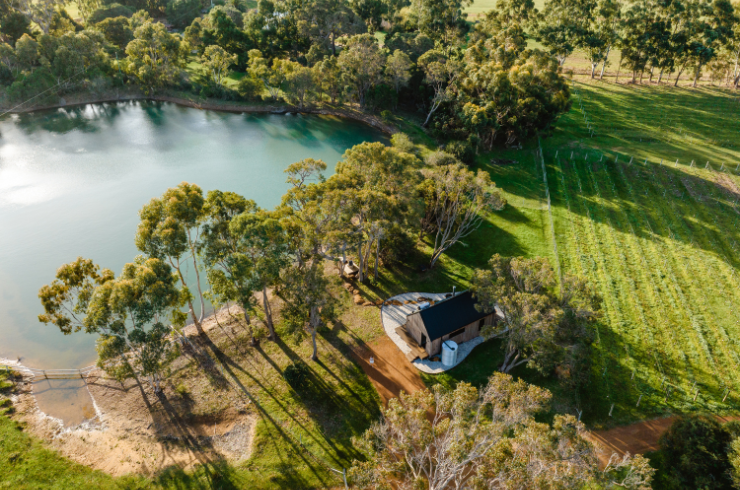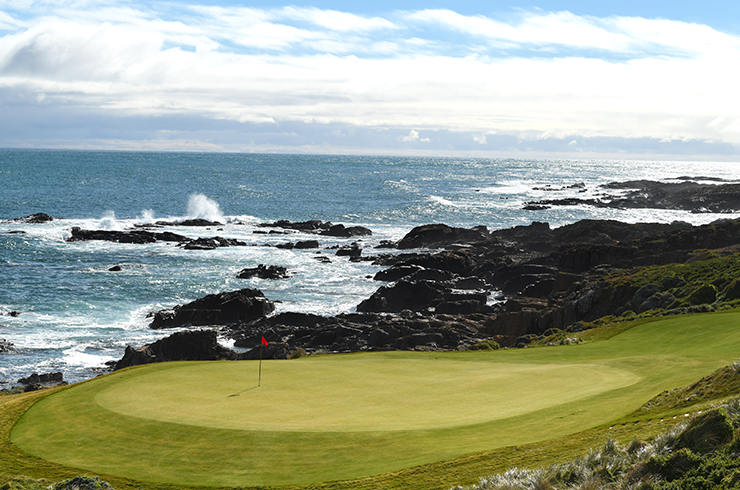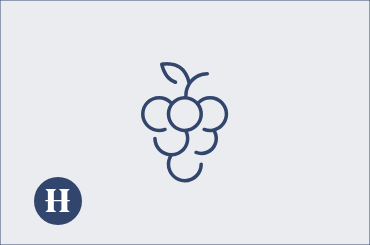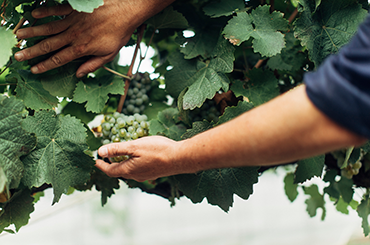Go to: Chenin blanc tasting characteristics | Origins of chenin blanc | How to pair food with chenin blanc | Serving temperature for chenin blanc | The best Australian chenin blanc regions
Chenin Blanc Wine
There’s so much to like about chenin blanc. No matter your taste, the array of shapes this white can take mean you’ll find a type to suit. From crisp and dry to richer, fuller-bodied styles, sparkling to sweet, chenin is an under-recognised all-rounder.
Chenin blanc tasting characteristics
Chenin blanc, with its high acidity, distinctive texture, florals, fruits and spices, comes in so many guises. If you’re looking for a reference point, chenin blanc is such a chameleon white variety that it can resemble anything from a sauvignon to a chardonnay.Chenin blanc’s taste will be largely determined by how it’s treated in the winery and its destined style, with the potential for a wide range of flavours. Generally, a dry chenin blanc with limited winemaking inputs will be a light, fresh, perfect-for-summer wine, with crunchy fruit, delicate aromatics and subtle spice, while an oak-aged chenin blanc can look similar to chardonnay.
Off-dry styles bring richer flavours to the fore, making for a wine that is juicier, spicier and more floral, with a slight honeyed note. Sweet styles up the ante still – full-flavoured and complex, silky in texture and with rich, toasty, nutty characters. Chenin blanc also comes in sparkling styles spanning everything from extra dry to sweet.
Origins of chenin blanc
Chenin blanc hails from the Loire Valley in France, where it turns up in all manner of wines – from delicious Cremant de Loire sparklings to food-friendly Vouvray whites and world-famous dessert wines. It is reportedly named for a town in the Loire called “Mont Chenin”, and thought to be an offspring of savagnin, a variety from eastern France’s Jura region. The first records of chenin blanc date back to the 1500s, but it is believed to have originated many centuries earlier.The modern history of chenin blanc begins in the 17th century, when it travelled from France to South Africa. Today, the Cape claim’s the bulk of the world’s plantings, and chenin blanc is South Africa’s signature white wine.
How to pair food with chenin blanc
The ease with which chenin blanc sits at the table is one of its greatest assets – you could find a chenin blanc to pair with almost every course. Its aromatics, bright acidity, interesting characteristics and varying sugar levels make it an excellent food wine, well worth considering for your next dinner party. Try it with hard and soft cheeses, meats including richer fish, chicken, turkey, pork and veal, all sorts of vegetable dishes, salads and herbaceous flavours, and any recipe with a slight chilli heat, a fruit component, or sweet and sour elements.
Serving temperature for chenin blanc
The ideal serving temperature for chenin blanc is 7–10 degrees.Sign up to view these tasting notes and ratings
By becoming a member of Wine Companion, you'll have access to the largest database of wines in Australia.
The best Australian chenin blanc regions
The majority of chenin blanc plantings and producers in this country reside in Western Australia, but it is grown elsewhere in tiny amounts. While lesser known, this variety has some vocal champions among the wine community, loved for its versatility and food-friendly appeal.
Swan Valley
Chenin blanc arrived in the Swan Valley in the early 19th century. Today, it is home to some of the best examples you’ll find anywhere in Australia (and that compete on the world’s stage). The styles span dry, aged and some great sparkling chenin wines.
Margaret River
Margaret River is also home to some outstanding chenin styles. The wines are mostly dry, several are serious and site-specific, and similar to nearby Swan Valley, you can also find sparkling styles.Other WA regions also produce the variety and it has a history in South Australia in places like the Barossa and McLaren Vale. Look closely, though, and you will find it dotted all around the country, with various producers won over by its charms.
